Color
Most gem-quality diamonds rank on the 'normal' scale, which makes use of the D-Z incremental grading values for color.
This report rate is for (1) single / solitaire diamond's full gemological examination and evaluation.
Our professional GIA graduate gemologist will issue you a printed official lab report from the Gemcamp Laboratory, encompassing the 4C's of diamond quality, as well as important information regarding your precious gemstone. Laboratory fees for the evaluation of an individual gemstone will be based on either its carat weight or estimated carat weight, depending on whether the item is loose or mounted.
"Diamonds are not only beautiful additions to your gala wear, they serve as high-value assets and storage carriers of your wealth. Each of these precious assets must be carefully hand-selected and well-documented, so it's always a good idea to obtain knowledge about the specifics of your investment."
The Gemcamp Laboratory strictly follows a system that evaluates colorless and near-colorless diamonds by letter grade (D-Z / normal scale). Each individual gem undergoes a precision-based examination of the four common quality factors, namely: color, clarity, cut and carat weight, which are known worldwide as the four C's of diamond grading. It should be noted that every aspect of your diamond will be observed, measured and graded before our gemologists do a cumulative evaluation of quality.
We help you understand and evaluate your diamond assets using a combination of gemological expertise, scientific instrumentation and trade knowledge.
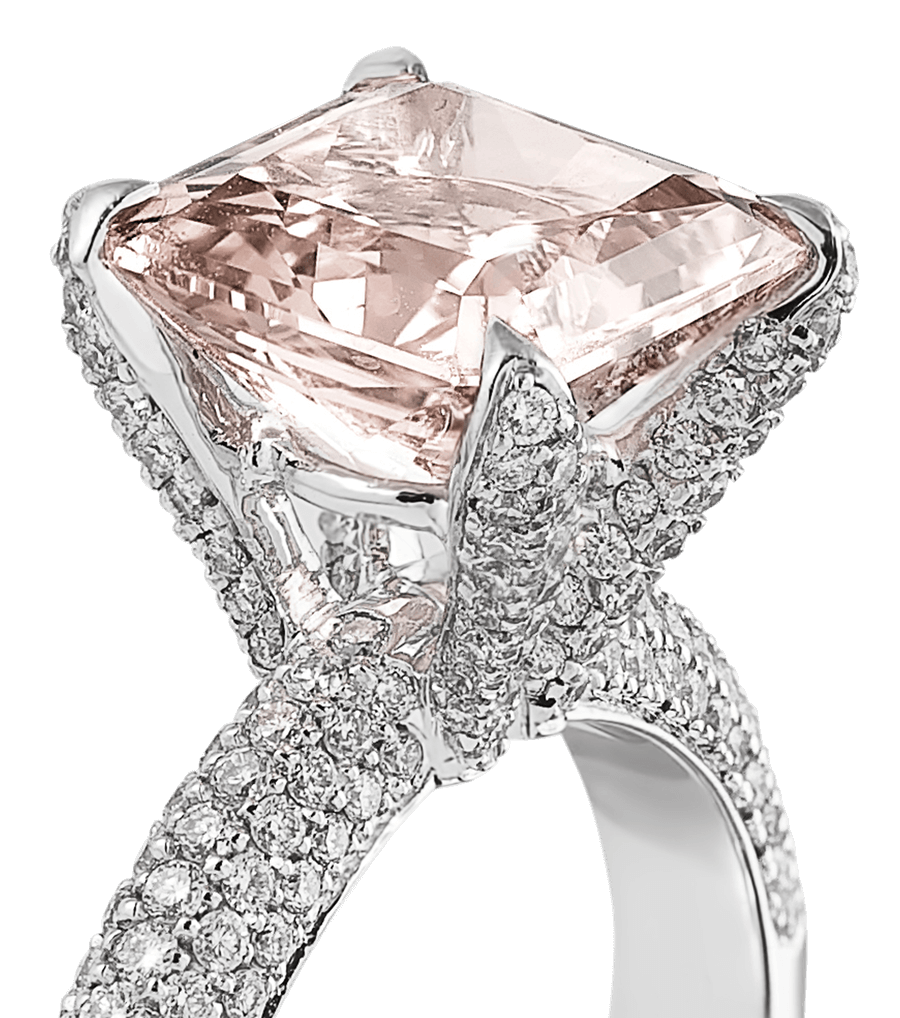
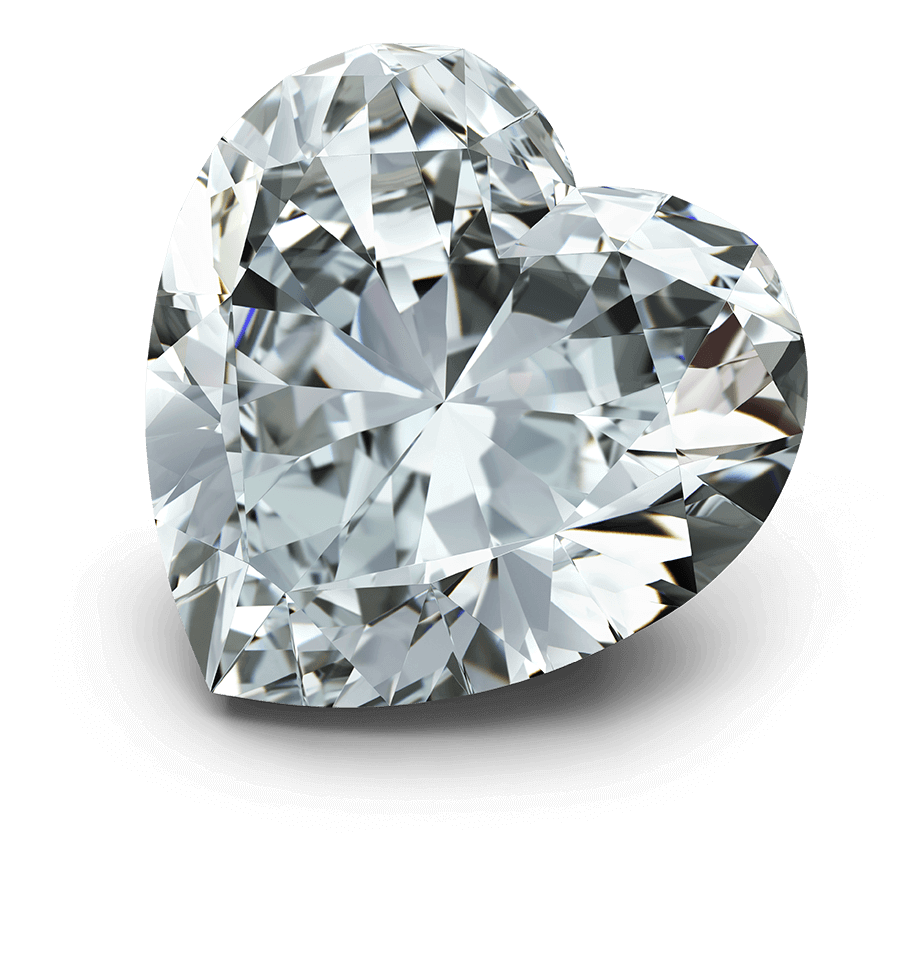
Diamonds hold a very special place in the hearts of most romantics. For several centuries now, they've uniquely told tales of timeless commitment, and unconquerable bonds.
Find out why this spectacle of nature commands such admiration from the world markets. Have a chat with one of our GIA graduate gemologists about your stone.
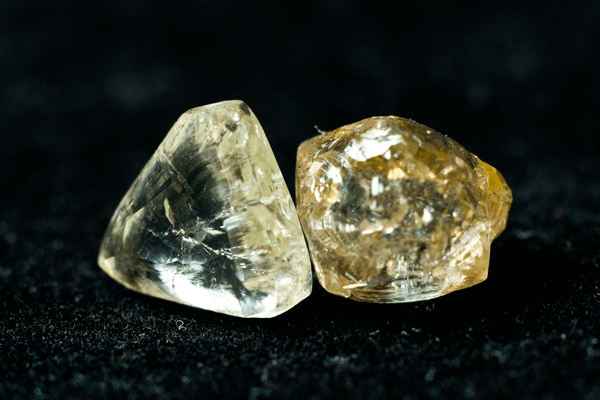
Most diamonds used in the jewelry industry today can be ranked using the D-Z color scale, which ranges from colorless to very light yellow.

Aside from setting the clarity grade, inclusions and blemishes are like a diamond's unique footprint. They are often used for re-identification as well.
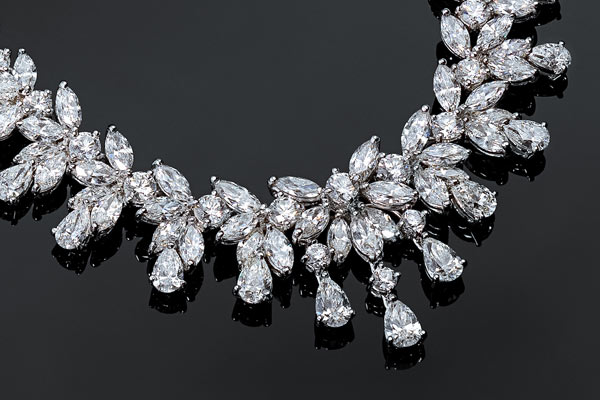
A properly cut diamond reflects light back to the human eye in an appealing pattern, promoting brightness, fire and scintillation.
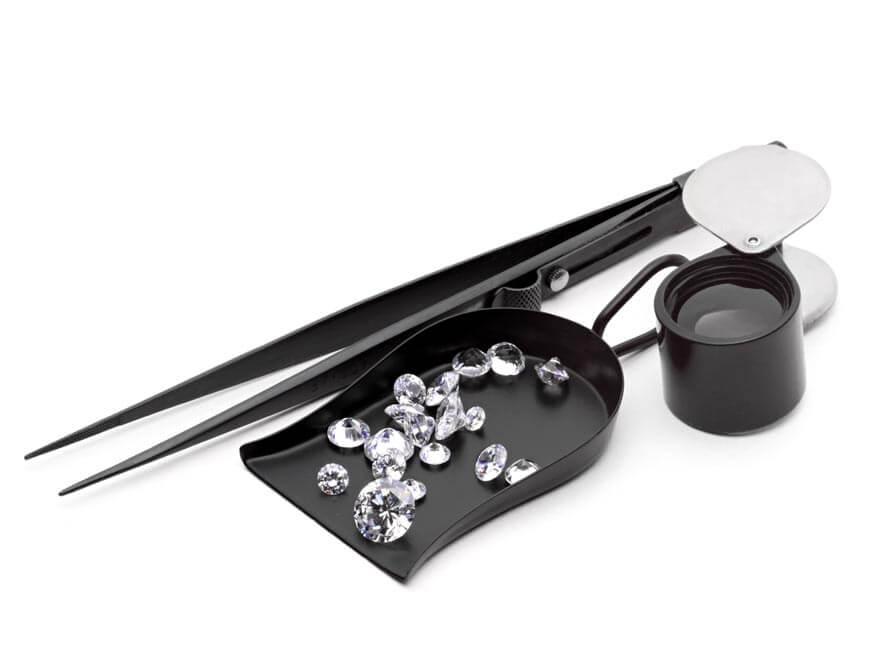 by
by
Diamonds are mainly valued by how high they rank when evaluated for the 4C's, but sometimes other influences might also come into play. Some stones with strong fluorescence might have their value affected, due to the fact that fluorescence can visually mask or heighten color (despite a grade assignment).
Other exceptional stones might also come with a provenance document, describing a famous history of owners or a popular mining source where the rough gem originally came from. Things like these are usually only seen accompanying larger stones at auction, and can also add to the final value of an item.
Never forget that the value of a diamond is also set by the sentiment and symbolism it holds in the story of someone's life. We can count each dollar or budget every price point, but in the end the greatest value that a diamond may bring is the smile of someone you love, and the unspoken promise of a happily ever after.
Our diamond reports cover the entire scope of the 4C's, as well as other value-influencing properties like fluorescence. We will always evaluate your diamonds to the best of our intellectual and instrumental capabilities based on gemological principles accepted by the worldwide diamond trade.
"Every natural diamond is a masterpiece of nature. You will never find two gemstones that are 100% exactly alike in all the world."
The role of gemological laboratories is to guide the consumer in the path of identifying, verifying and grading the unique material he or she has purchased. It is our mantra that fair trade and proper disclosure be pursued by all who do business in this very rewarding industry.
Take note that our laboratory institute (Gemcamp Laboratories) is not a branch of the Gemological Institute of America (or any other diamond-grading entity, nor do we claim that the results of our evaluations would be identical or similar to those derived by GIA or by any other laboratory in the world. This is stated in our terms, limitations and conditions (online and on printed reports), and recurringly stated on our laboratory service forms. We are completely separate institutes that operate independent of each other.
Gemcamp is an independent laboratory group that does however, employ gemologists who have formally graduated under the rigorous G.G. program offered directly by GIA (Cumulatively the Graduate Diamonds, Graduate Colored Stones & Graduate Gemologist program completions). We also make use of several professional setups (microscopes, software, spectrometers, refractometers, etc.) created and distributed by GIA Instruments™ as well. Our resident staff members follow a proprietary procedure system developed by our own gemologists who were instructed and trained hands-on at the Gemological Institute of America during their years of education.
Informal appraisal opinion can also be requested, although only for diamonds and certain gemstone varieties. This is not an official service, and is based solely on opinion. The philippine market, jewelry stores and pawnshop enterprises will make use of their own proprietary systems of valuation which may differ from one another's, as well as from our own.
Any appraisal opinion requested from or given by the Gemcamp Laboratory, is based on wholesale prices at the international level- specifically with data gathered from the annual Hong Kong jewellery shows, which are the largest gatherings of the trade worldwide. This information, combined with existing records, pricing knowledge and trade experience constitutes our opinion on all appraisal values. Any valuation opinion given is strictly informal, and our laboratory does not in any way guarantee, take responsibility for, or endorse this data. Please note that laboratory terms and limitations for all services do apply whenever your stones are being safely and ethically evaluated by our gemologists. You can find them via our FAQ page here.
Most gem-quality diamonds rank on the 'normal' scale, which makes use of the D-Z incremental grading values for color.
Diamonds can be seen in a variety of clarity levels, ranging from the top quality "flawless" gems to the commercial "included" stones.
The full range of diamond cut grades can show obvious differences in the optical properties of brilliance, scintillation and fire.
Value increases significantly for gems with familiar weights designations, like the half carat, one carat or two carat weights.
Once you've arrived at the Gemcamp Laboratory, have a chat with our in-house gemologist on the type of report or consultation you would like for your stone. Afterwards, a simple take-in form can be filled out before we begin our evaluation.
Each gem grading or identification job requires a suite of instrument tests to be performed. Not all submissions will incur the exact same set of tests, but several mandatory procedures will be conducted, and their results observed and recorded.
Upon acquisition of data, our certified graduate gemologist will then analyse the test results individually and then cumulatively to obtain the lab verdict for the grade / identity of the submitted gemstone material.
Whether you request a verbal or printed report, our gemologist will provide you with the verdict dutifully. Hardcopy reports generally take about 2-3 days before being cleared and released.
Please send a message to our gemological staff for any appointment requests related to gem & jewelry evaluation.
Here at the Gemcamp Laboratory, feel free to ask and chat with us about anything diamond-related. Whether you would like to know more about the current trade events or possibly compare the grading differences between foreign laboratories, our friendly gemologists are always happy to help you learn and grow as a true diamond connoisseur.